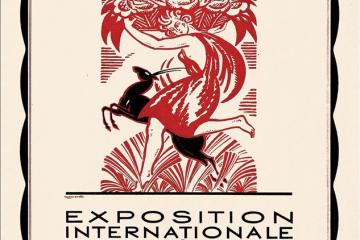A complex story about the al-Mughira pyxis made in 10thcentury Cordoba
Sometimes a single object can tell a very complex story about the times in which it was created.The ivory workshops licensed by the Caliphal court in tenth-century Cordoba were renowned for the exquisite beauty of the carved ivory caskets and pyxides that they created, as gifts given between members of the court and to visiting ambassadors. Understanding the iconographic programmes carved on these objects is a fascinating study in itself. But the al-Mughira pyxis, now in the permanent collection of the Louvre, can be interpreted either according to the familiar iconography – or re-interpreted to expose a complex story of intrigue, sex and murder, during a succession crisis in Cordoba, that almost beggars belief!
THE ARTS SOCIETY ACCREDITED LECTURER

Mr Ian Cockburn
Art historian with a BA (Birkbeck College) in art history and an MA (Courtauld Institute of Art) in medieval Spanish art history. Specialist in the nearly 800 years of Moorish occupation and Christian reconquest of medieval Iberia.
Founder and director of an art tours company, specialising in guided cultural tours in Spain, plus lecturing in London at institutions such as the V&A, SOAS, Christies Education, and the London Art History Society. Formerly a Chartered Accountant and senior manager in multi-national IT companies, with extensive public-speaking experience.
OTHER EVENTS
From imitating Chinese porcelain to its 16th Century heyday, flowers have been a recurrent theme in this beautiful pottery
In 1925, 16 million visitors witnessed PARIS’S EXPO - The International Exhibition of Modern Decorative and Industrial Arts.




